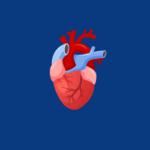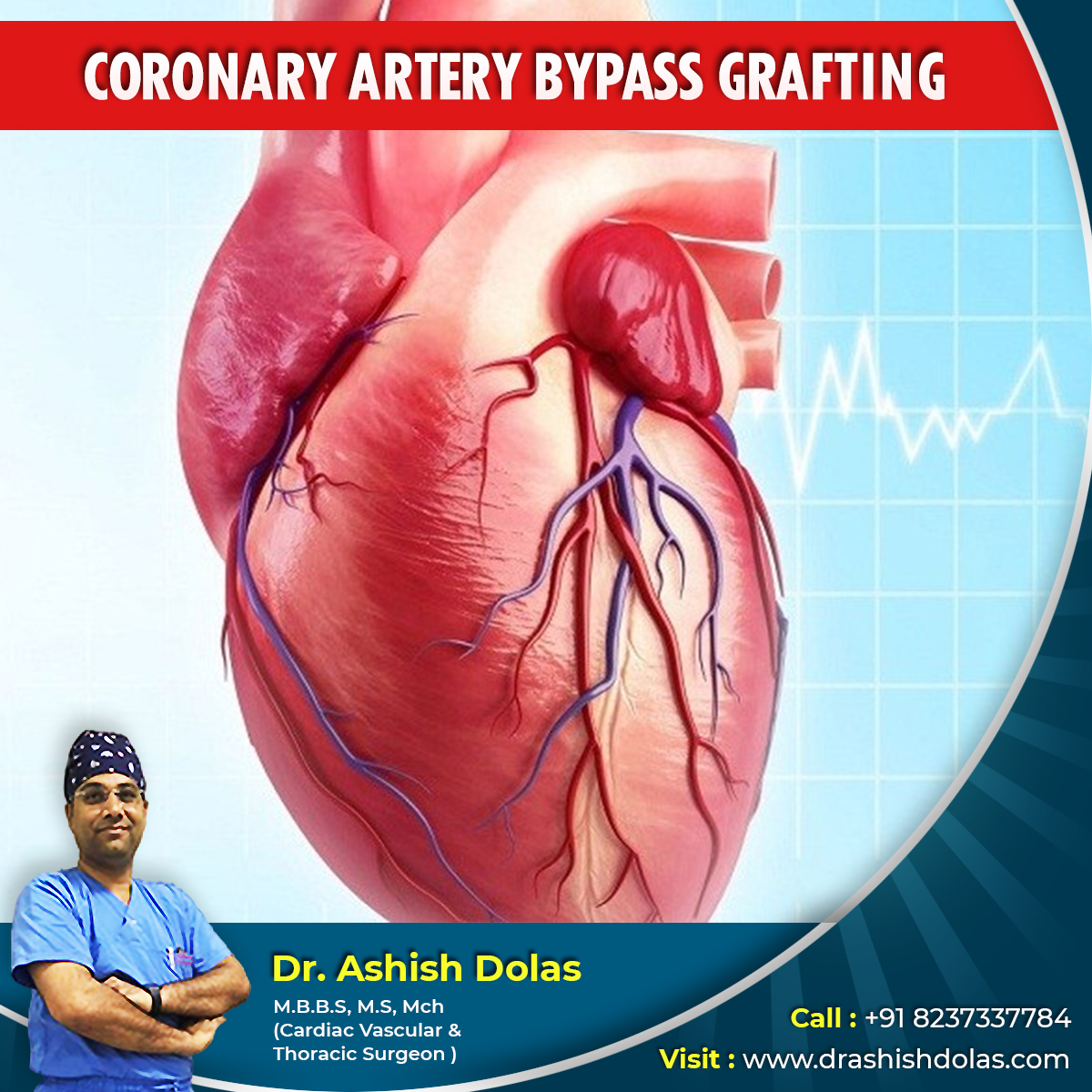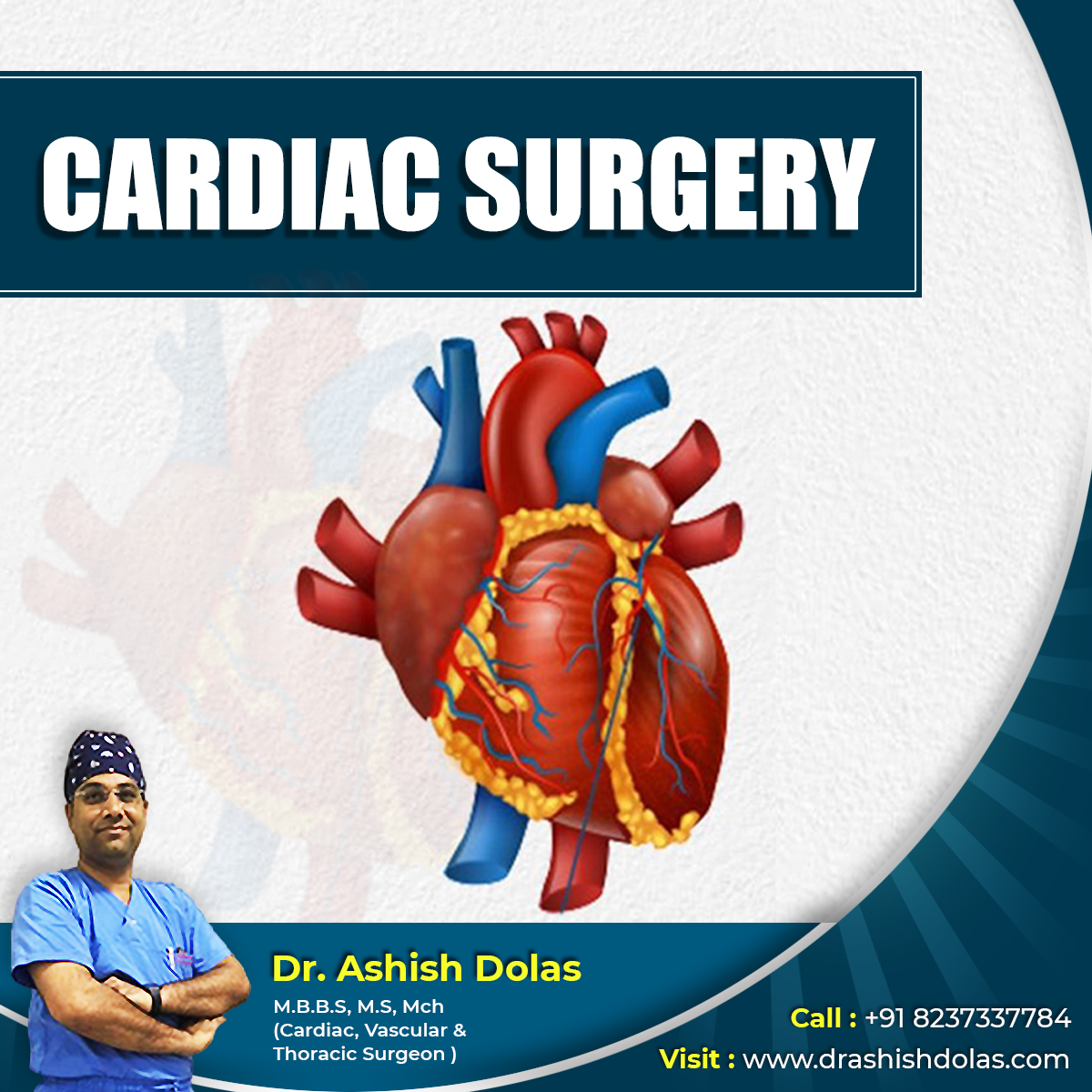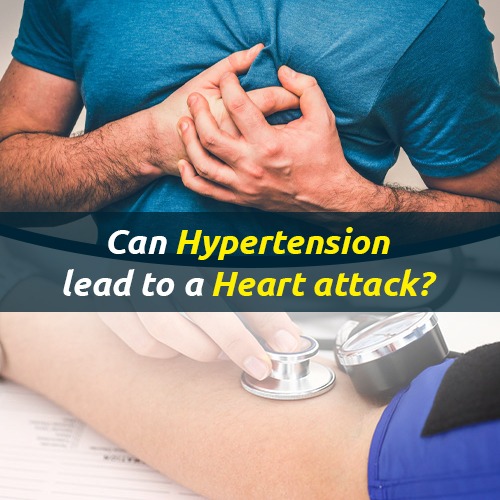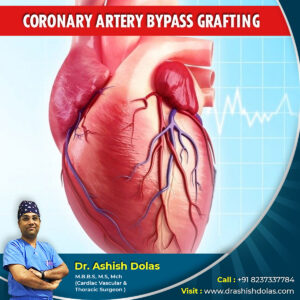
A Quick Guide to the Coronary Artery Bypass Grafting is a form of surgery that improves the heart’s blood flow. It’s used by people with serious heart disease (CHD), also known as coronary artery disease.
CHD is a disease in which a material called plaque (plaque) forms inside the coronary arteries. Those arteries supply the heart with oxygen-rich blood. Plaque consists of fat, cholesterol, calcium, and other substances that are present in the blood.
It may narrow the coronary arteries or block them and reduce blood flow to the heart muscle. If the blockage is extreme, angina (an-JI-nuh or AN-juh-nuh), shortness of breath, and a heart attack can occur in some cases. (Angina is anxiety or chest pain.)
One treatment for CHD is Coronary Artery Bypass Grafting (CABG). A healthy artery or vein from the body is attached to the blocked coronary artery during CABG, or is grafted. The blocked part of the coronary artery is bypassed by the grafted artery or vein (that is, it goes about).This creates a new channel, and oxygen-rich blood is diverted to the heart muscle around the blockage.
Coronary Artery Bypass Grafting : Indications of the Disease
Blood flow to the heart muscle is limited as plaque — a substance in the blood — builds upon the walls of the arteries. If the heart is not receiving adequate oxygen, the muscle is more likely to fatigue and fail. Such a form of damage most frequently affects the left ventricle, reducing its pumping capacity. The left ventricle is the main pump to the heart.
If your coronary arteries are so narrowed or blocked, you may require heart bypass surgery that you run a high risk of a fatal heart attack. This disorder is referred to as coronary artery disease. Atherosclerosis is also known as. When the blockage is too severe to be controlled with medicine or other care, the bypass is performed.
A Quick Guide to the Coronary Artery Bypass Grafting : Types of CABG
There are different types of CABG. Let us have a look at them:
Traditional Coronary Artery Bypass Grafting (CABG)
- Traditional CABG is used when having to bypass at least one main artery. The chest bone is removed to get to the heart during the surgery.
- Medicines are provided to stop the heart; during surgery, a heart-lung bypass machine keeps the blood and oxygen flowing all over the body. It helps the surgeon to operate on a cardiac stillness.
- Blood supply back to the heart is restored following surgery. The heart normally starts beating once again. Mild electric shocks are often used to restart the heart.
Off-Pump Coronary Artery Bypass Grafting (CABG)
Another form of CABG is similar to conventional CABG, as the chest bone is opened for heart access. The heart is not slowed, however, and a bypass by heart-lung machine is not used. Off-pump CABG is also called cardiac bypass grafting.
Minimally Invasive
This form of surgery is different from conventional CABG because it doesn’t open the chest bone to access the heart. Then, several tiny cuts are made between the ribs on the left side of the body. This method of surgery is used specifically to bypass blood vessels at the front of the neck.
Minimally invasive bypass grafting is a very new technique. It isn’t right for everyone, especially if you need to bypass more than one or two coronary arteries.
What Happens During The Surgery?
For example, the heart specialist should make an incision in the middle of your chest. It will spread your ribcage apart to reveal your nucleus. Your surgeon can opt for minimally invasive surgery, as an alternative. It includes smaller cuts and miniaturized advanced instruments.
You are going to get hooked up to a heart-lung machine. The oxygenated blood must flow through your body as your surgeon works on your neck. Many “off-pump” procedures can be done, meaning you do not need to be linked to the heart-lung machine.
Your doctor will extract a healthy blood vessel from inside a wall or leg of your body. This is to be inserted to replace the artery blocked or damaged.
When the surgeon has done the Cardiac surgery, it will replace the heart-lung unit. The Bypass feature will be tested. You will be stitched up, bandaged, and taken to the intensive care unit for treatment until it works properly.
A bypass may repair a blocked artery, but certain patterns may need to be modified to avoid potential heart disease. Speak to Dr. Ashish Dolas, the heart specialist in Pune about changes in diet and other habits to adopt after the surgery. For more information
